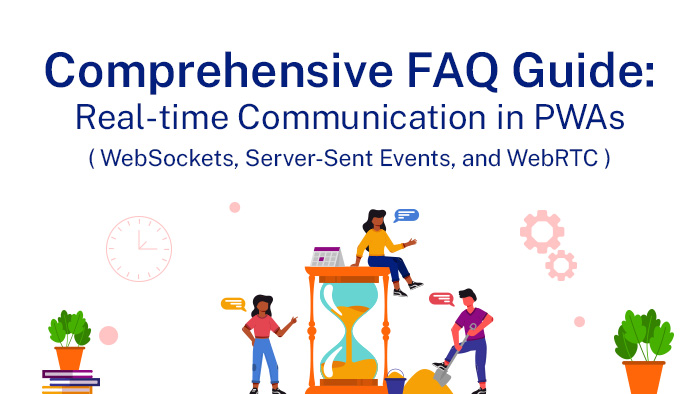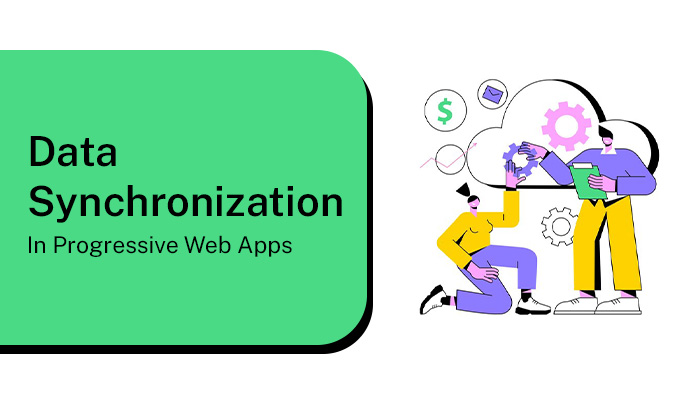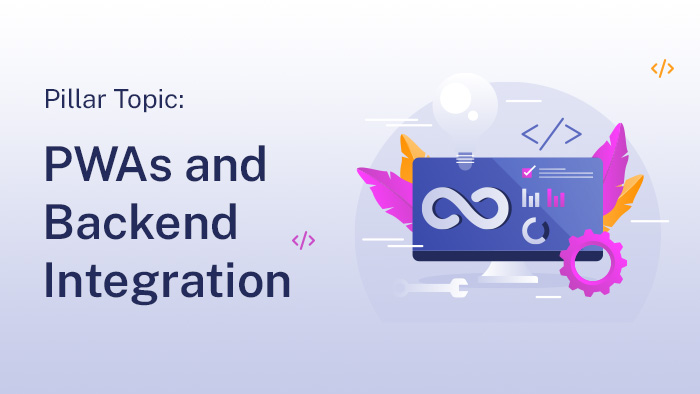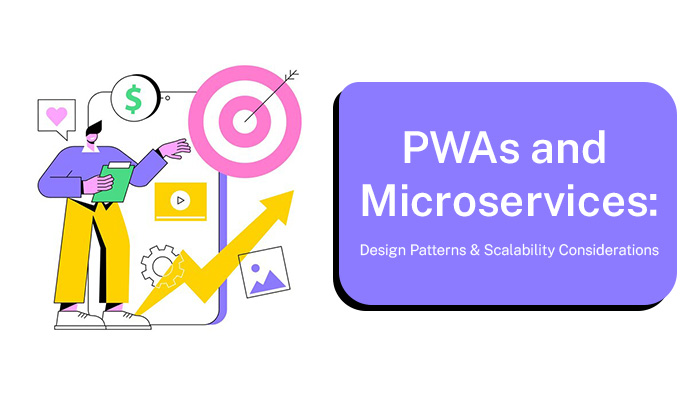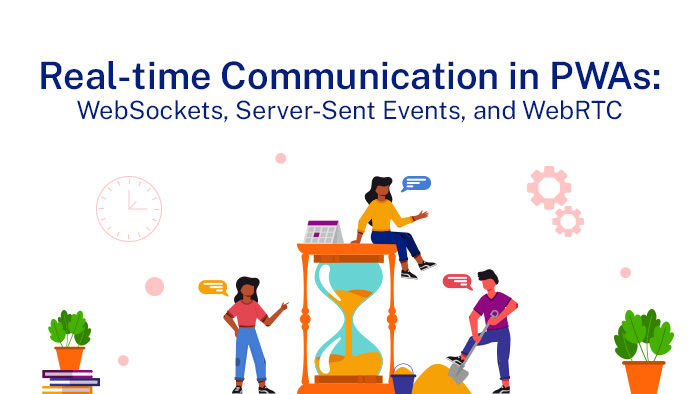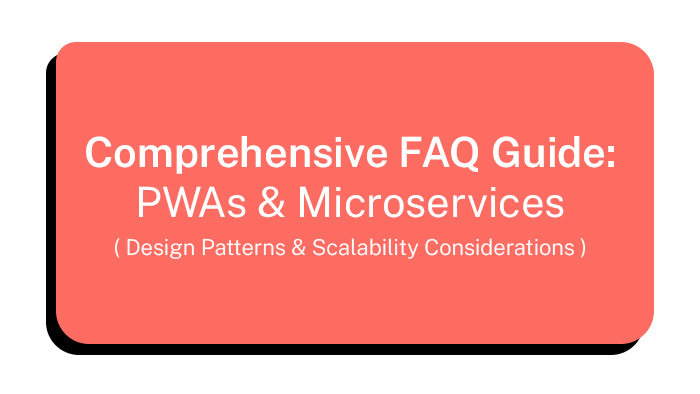
Comprehensive FAQs Guide: PWAs and Microservices: Design Patterns and Scalability Considerations
Design Patterns and Architecture: 1. What are the main advantages of using microservices architecture in conjunction with PWAs? Microservices architecture offers several benefits when integrated with PWAs: Scalability: Microservices enable independent scaling of different components, enhancing overall PWA performance. Flexibility: Microservices allow for easier updates, testing, and deployment of specific features without affecting the entire PWA. Modularity: Developers can work on different microservices independently, fostering faster development cycles. Resilience: Isolating microservices ensures that failures in one service don’t cripple the entire PWA. Technology Diversity: Microservices can use different technologies, allowing teams to choose the best tools for each service. 2. How can microservices help in achieving better scalability for Progressive Web Apps? Microservices contribute to PWA scalability by: Load Distribution: Microservices distribute loads across multiple services, preventing bottlenecks. Horizontal Scaling: Specific microservices can be scaled based on demand, optimizing resource utilization. Improved Performance: Scalable microservices can handle larger user bases and traffic spikes effectively. Isolation: Scaling only necessary services prevents unnecessary resource allocation. 3. What
